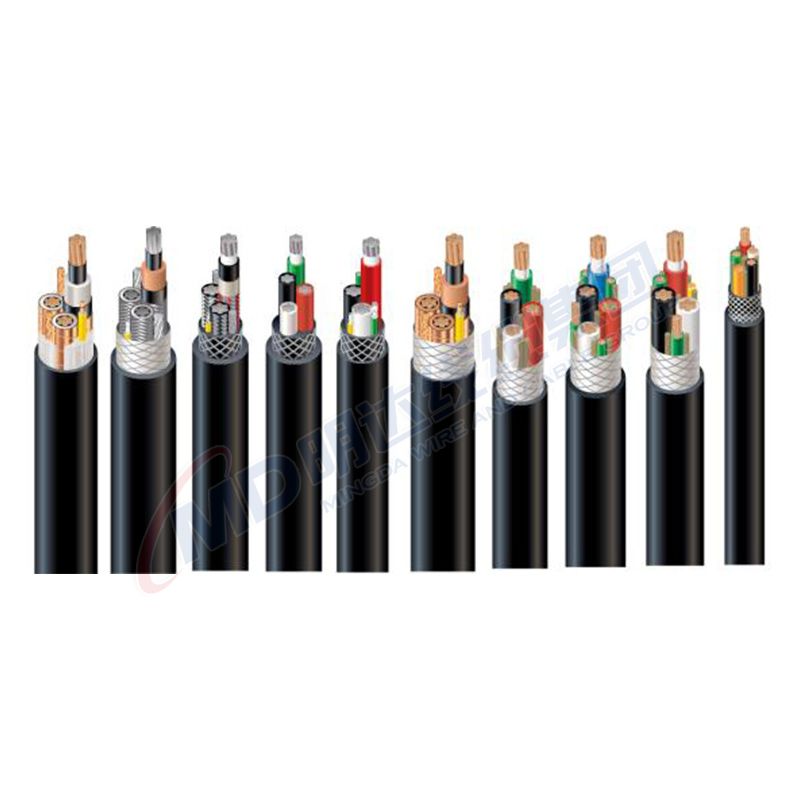ທ.ວ. . 05, 2024 15:10 Back to list
espansion rubber joint
Understanding Expansion Rubber Joints A Comprehensive Overview
Expansion rubber joints are specialized components widely used in various industries for managing vibration, noise, and thermal expansion in piping systems. These joints, also referred to as flexible rubber connectors, are crucial in maintaining the integrity and efficiency of systems that handle fluids, gases, or other materials. Understanding their design, application, and benefits can provide valuable insights for engineers, maintenance personnel, and project managers.
Design and Construction
An expansion rubber joint typically consists of a rubber body, metal flanges or connectors, and, in some cases, additional reinforcement materials such as fabric or steel. The rubber component is the heart of the joint, designed to absorb movements and vibrations. It is often made from high-quality elastomers like EPDM (Ethylene Propylene Diene Monomer), neoprene, or natural rubber, each chosen for its specific properties such as temperature resistance, chemical compatibility, and flexibility.
The metal flanges are essential for connecting the joint firmly to pipelines. They are available in various standards, including ANSI, DIN, and JIS, to meet different installation requirements. Designs can vary in shape and size, allowing them to accommodate a wide range of applications, from small residential plumbing systems to large industrial setups.
Functionality and Applications
The primary function of expansion rubber joints is to provide flexibility in piping systems. They allow for controlled movement resulting from thermal expansion, contraction, or mechanical vibrations. This flexibility prevents stress on the piping system, reducing the risk of leaks, ruptures, or other forms of mechanical failure.
Expansion rubber joints are widely used in various sectors, including
1. HVAC Systems In heating, ventilation, and air conditioning systems, these joints manage vibrations from compressors and pumps, contributing to a quieter and more comfortable indoor environment. 2. Water and Wastewater Management In municipal and industrial water treatment plants, rubber joints help accommodate the expansion and contraction of pipes due to temperature changes, ensuring the longevity of the infrastructure.
3. Chemical Processing Due to their versatility, expansion rubber joints can be formulated to resist various chemicals, making them ideal for transporting corrosive substances in pipelines.
espansion rubber joint

Benefits
The use of expansion rubber joints in piping systems offers several advantages
- Vibration Isolation By absorbing vibrations, these joints reduce the noise transmitted through the piping system, which can be critical in residential and commercial applications.
- Thermal Compensation They accommodate the expansion and contraction caused by temperature fluctuations, protecting the integrity of the piping system from stress and potential damage.
- Ease of Installation Many expansion rubber joints are designed for straightforward installation. They can often be integrated into existing systems with minimal modifications, saving time and labor costs.
- Cost-Effective Maintenance Regular inspection and maintenance of expansion joints can lead to early detection of potential failures, saving significant costs associated with downtime and repairs.
Conclusion
Expansion rubber joints are essential components that significantly enhance the performance and longevity of piping systems across various industries. Their ability to absorb vibrations and accommodate thermal movements not only improves operational efficiency but also contributes to safety by preventing system failures. By understanding their design, functionality, and applications, professionals can make informed decisions about incorporating them into their projects, ultimately leading to more resilient and reliable piping infrastructures. As industries continue to evolve, the role of expansion rubber joints will likely expand, driven by the need for more flexible and efficient engineering solutions.
Share
-
priming-a-pump-with-a-foot-valve-with-strainerNewsAug.23,2025
-
the-importance-of-a-y-strainer-in-pump-protectionNewsAug.23,2025
-
stainless-steel-ball-check-valve-for-high-purity-applicationsNewsAug.23,2025
-
common-applications-for-wafer-type-butterfly-valvesNewsAug.23,2025
-
seat-options-for-a-12-inch-knife-gate-valveNewsAug.23,2025
-
the-lifespan-of-a-typical-dismantling-jointNewsAug.23,2025


